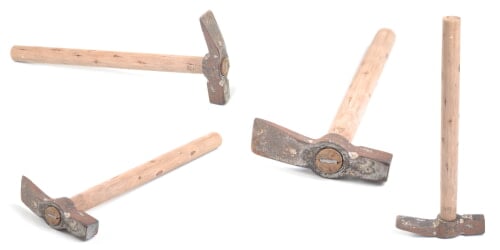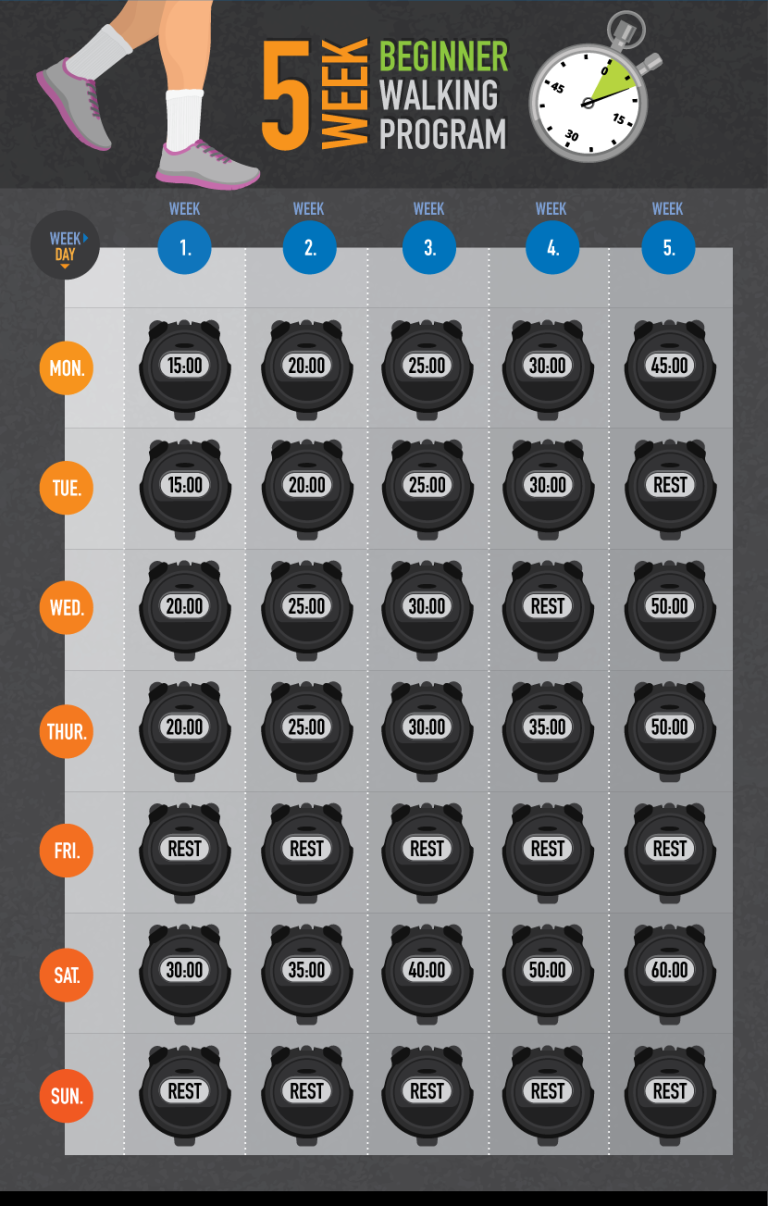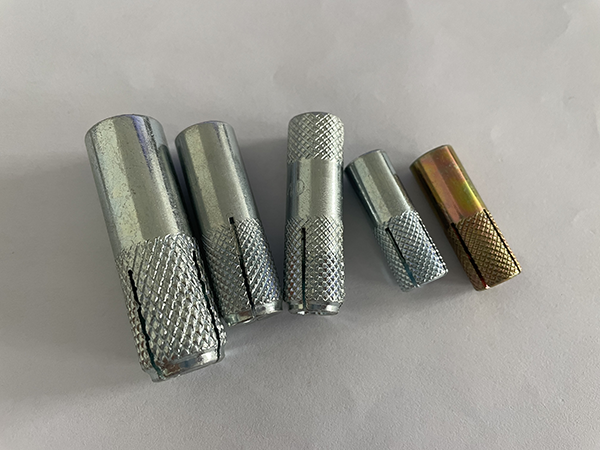Maintaining Tools: Keep Rust Away from Automotive Tools
Hand Tools

Most automotive hand tools are made from some type of metal – usually steel or stainless steel. Over the years, they could start rusting, especially in areas that have not been treated with chrome or another finish. You can make hand tools last longer by maintaining them just as you would with your vehicle. Tools get wet, greasy, dirty – and all that wears on the finish after time. Every now and then, you should give your tools some extra love so they last longer.
How Often You Should Clean Hand Tools
When working with hand tools, you should at least wipe them down every day. Even if they don’t look dirty, greasy fingerprints can eventually build up and cause degradation of the coating. Wiping them off with a clean shop rag keeps some of the oil off of them until you can take the time to clean them properly.
When you have a toolbox full of tools, it’s hard to take several hours to go through and clean all of them. You might clean sockets and ratchets one week, wrenches another week, screwdrivers another week, and so on.
How to Prevent Rusting
Rusting is going to happen no matter what. You can, however, slow it down. You can even prevent rusting on certain surfaces. For example, the inside of the sockets sometimes is not coated as well as the outside, depending on the brand. Tools develop scratches in the coating, which encourages rust.
Keeping moisture away from the tools and ensuring that they do not develop deep scratches – or if they do, protect the scratches with a coating if possible. Not all tools will accept a coating. For example, you could paint a scratch in a socket, but you would rub the paint off as soon as you use it again.
In addition to wiping tools down, these tips will help prevent rust:
- Look for damage to the hand tools, including cracks, breaks, and splinters. Not only can damaged tools harm you, but they will develop rust in the crack and breaks. The rust will eventually spread to other tools. Set damaged tools aside until you can repair them or replace them.
- Grind metal heads on striking tools that start to spread out or form a ridge. As the ridge spreads more, it will form a ridge. The ridge continues to grow and will eventually break. Keeping the edges of striking tools ground to keep the tools in good condition.
- Keep tools lubricated. You can purchase special lubrication that is used to protect the coating on your tools. Keep adjustable parts lubricated with WD-40. Make sure you remove any lubrication from the handles of the tools. Always wipe any extra lubrication off the tools, so they don’t pick up dust and dirt.
How to Get Rid of Surface Rust on Hand Tools
Sometimes rust is inevitable. If you forgot a tool outside in the rain or got a chemical on it that damaged the protective coating, the tool could rust sooner rather than later. Scratches also promote rust. You can purchase a commercial rust dissolver, but chances are you have ingredients in your kitchen to get rid of rust.

Salt and Lemon Juice
Mix some salt with lemon juice. Wipe it on the rust spots and let it sit for a couple of hours. Brush the area with a small bristle brush. You need to make sure the bristles are not too stiff, as they will scratch the rest of the tool. An old toothbrush works well for this. You can also use steel wool to scrape the area. Rinse the tool and dry it well.

Baking Soda
Create a paste made from baking soda and water. Put the paste on the rusty spots and let it sit for a couple of hours. Using an old toothbrush, scrape the area. Once you remove the rust, rinse the tool and dry it well.

White Vinegar
Soak the tool in white vinegar for about 24 hours. If the tool is too big for the container you have, soak a cloth in the vinegar and wrap it around the tool. Wrap the vinegar-soaked cloth with plastic to keep it from drying out. After soaking, scrub the rusted area with steel wool or a metal brush, taking care not to scratch undamaged sections of the tool. Rinse the tool off and dry it well.

Sanding and Scraping
You can also try using sandpaper to remove rust. If the rust is too bad, start with a lower grit, then work toward a higher grit sandpaper. You will most likely end up putting scratches in undamaged areas; thus, you’ll have to recoat those areas, too.
Before starting, clean the tool with dish soap to remove all oils so the don’t clog the sandpaper. Rinse and dry the tool well. Sand the rust spots off. If they are particularly stubborn, you can use a small wheel grinder or a Dremel to get the rust off. If you do not have cutting lubricant handy, you can use kerosene. However, if using kerosene, wait a few minutes before working on the tool. The metal scraping metal could cause a spark and possibly fire.
After using a grinder, buff the surface of the tool, then use fine-grit sandpaper to remove any residue.
If the tool is too rusted, these options might not work, and you’ll have to opt for the commercial rust cleaner.
After removing the rust, repair the tool, including putting a protective coating of some sort on it.
Storing Hand Tools
The way you store your hand tools helps prevent rust and other damage. If possible, you need to store tools in a place with minimal moisture, including humidity. However, that is usually not the norm – people keep tools out in the garage or workshop where there is no heat or air conditioning.
If you store your tools in a toolbox, put drawer liners for toolboxes in the drawers. This keeps the tools off the metal bottoms of the drawers and helps reduce rust. Good quality toolbox liners also help soak up any moisture that forms on the tools.
Tools that are too large for the toolbox should never be left on the floor. Instead, buy or build a shelf for them. You can also hang pegboards on the walls of the garage or workshop and hang the tools from hooks.
If a tool doesn’t hang well because of its size or shape, your best bet is shelving made of wood or PVC. Keeping tools off the floor, especially a cement floor, goes a long way in keeping them from rusting.
If the humidity is still too much in your garage or workshop, you might consider investing in a dehumidifier for the area. For best results, the garage or workshop should be insulated, which helps to keep it warmer in the cool months and cooler in the warmer months.
Update Your Auto Repair Shop or Workshop with Hand Tools from Abolox
As you go through your tools, you might see some that cannot be repaired or cleaned up. You can replace those and update your shop with hand tools and other items from Abolox. We have a large inventory of quality hand tools from various manufacturers, including Blue Point, CDI Torque, Williams, Wright, DrillCo Cutting Tools and more.
Visit Abolox today to browse through our hand tools and find good quality tools at excellent prices to replace those that have worn out or rusted.


